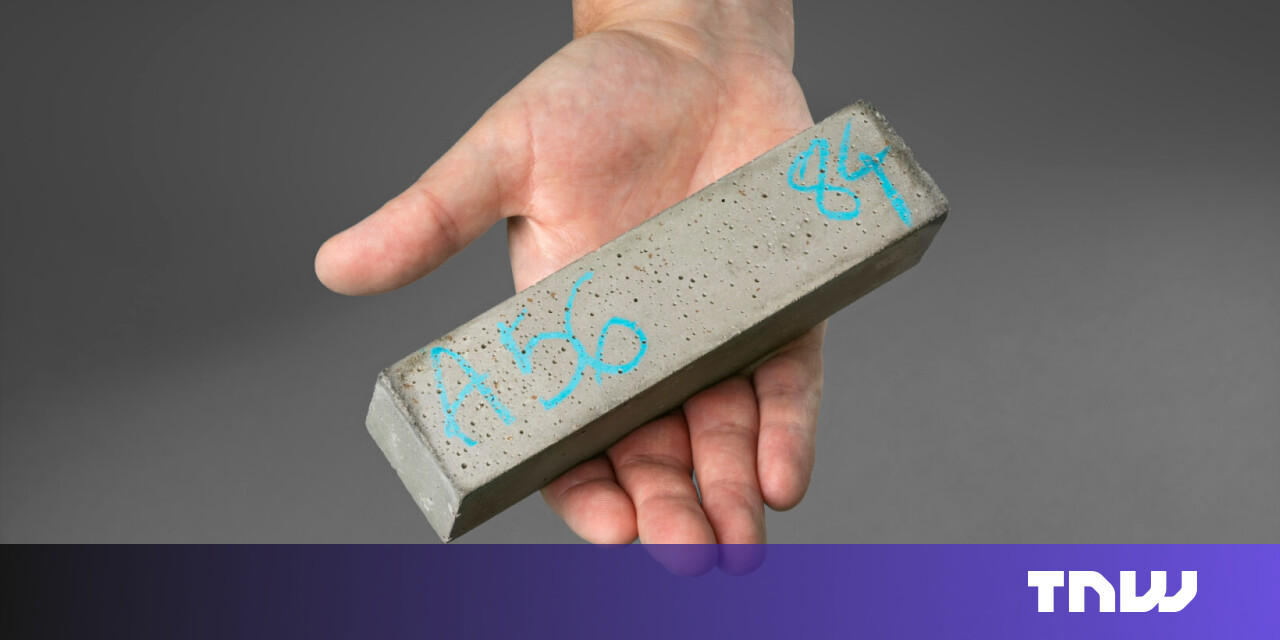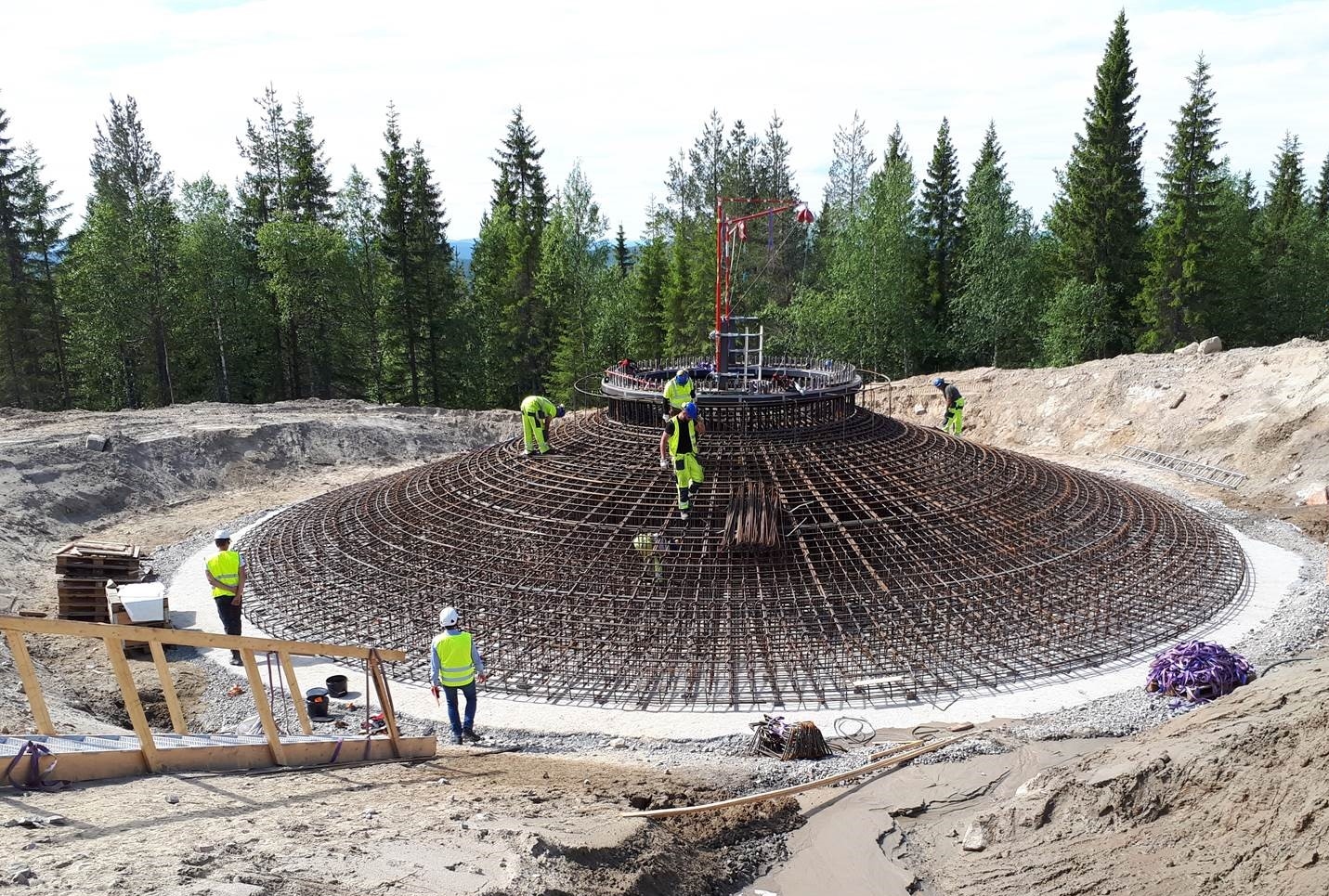
Swedish green cement startup Cemvision has inked a deal with energy giant Vattenfall, as industrial companies look to cut their emissions from one of the world’s most polluting materials.
Cemvision has devised a greener way to make cement. It uses by-products from industries like steel and mining instead of fresh limestone, slashing emissions.
“We’re on track to producing cement that emits 95% less carbon than traditional methods while remaining just as strong and potentially even faster-drying,” Oscar Hållén, CEO of Cemvision, previously told TNW.
Vattenfall plans to use the green cement in the foundations of new wind turbines and power distribution centres. The firm could also use it for making prefabricated concrete parts, it said.


By becoming a Cemvision customer, Vattenfall hopes to accelerate demand for green cement, said Annika Ramsköld, head of sustainability at energy giant. Ramsköld said that Vattenfall could also help Cemvision with R&D at its “concrete laboratory” in Älvkarleby, Sweden.
Vattenfall is a founder of the World Economic Forum’s First Movers Coalition. The alliance — which includes the likes of Airbus, Apple, and Amazon — aims to decarbonise heavy industries like shipping, trucking, and cement production.
Concrete — a mixture of cement, sand, and water — is the second most used material on Earth after water. It is also one of the dirtiest, responsible for 8% of global CO2 emissions. That’s four times greater than air travel.
Green cement
Green cement startups are experimenting with various new additives, chemistries, and methods in a bid to solve concrete’s carbon conundrum.
Heating limestone in a kiln causes calcium carbonate to break down into calcium oxide and carbon dioxide. Around 60% of the cement industry’s total emissions are a result of this process. By using certain industrial by-products, like slag from steelmaking, Cemvision sidesteps this chemical reaction entirely.
The other 40% of cement’s emissions come from the energy needed to superheat limestone in a kiln. Today most kilns are powered by coal, oil, and natural gas.
Cemvision is currently developing a kiln at its lab in Stockholm that will run on renewable electricity. Because the industrial waste it uses can be processed at lower temperatures, the startup needs much less energy to produce its cement.
Filling demand
The Swedish venture is one of several budding startups developing greener alternatives for the $400 billion global cement industry.
US-based Brimstone has found a way to create carbon-negative cement. Meanwhile, Rotterdam-based Paebbl is using a proprietary processing method to store captured CO2 in building materials. Ex-basketball legend Rick Fox even recently became a green cement entrepreneur.
According to Cemvision’s founder Hållén, incoming regulations like the EU’s Carbon Border Adjustment Mechanism, which takes effect in 2026, are pressuring the industry to clean up its act. The founder hopes his company will be well positioned to supply the demand.
In a vote of confidence for its potentially game-changing technology, Cemvision secured €10 million in March, in what it claims to be the most seed funding ever raised by a green cement startup. The company is backed by the likes of Bill Gates’ Breakthrough Energy Ventures and Swedish investment firm EQT.





